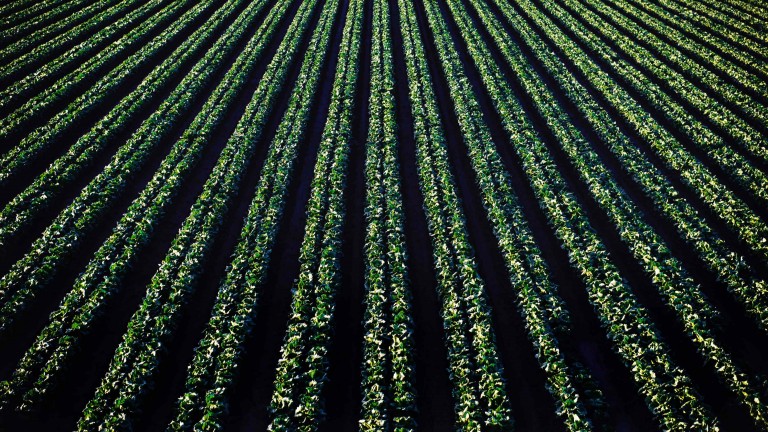A robot that can peel lettuce shows just how dexterous bots are becoming.
Some background: Before lettuce can be sent to stores, the outer layer of leaves has to be removed by human workers. This is an extra step that many other crops don’t require.
The news: Cambridge University researchers have created a robot that can successfully take off the outer layer and prepare the lettuce for eating. The robot uses AI vision to first locate the stem and identify its orientation. If it can’t see the stem, it rolls the vegetable until it can. A suction system attached to a robot arm then tears the leaves off the outside. (See a video of the robot in action here.)
Is it practical? Well … um ... kind of. In the lab, it still takes the robot 27 seconds to strip the leaves; a human would take four. It’s only successful about half the time, too, meaning it’s clearly not ready to roll out on farms just yet. It also needs to be way more accurate in less ideal conditions, such as being attached to a harvester in a field.
Why it matters: The robot showed it was gentle enough to create an acceptable final product. In addition to replacing more warehouse and manufacturing roles, more dexterous robots like this may also replace agricultural workers and fill the gaps in the farming labor supply. But first they’ll have to learn to identify, harvest, and handle our produce as deftly as humans—without costing any more. This lettuce peeling is one small step toward that goal.
This article was first published in our future of work newsletter, Clocking In. Sign up here.

